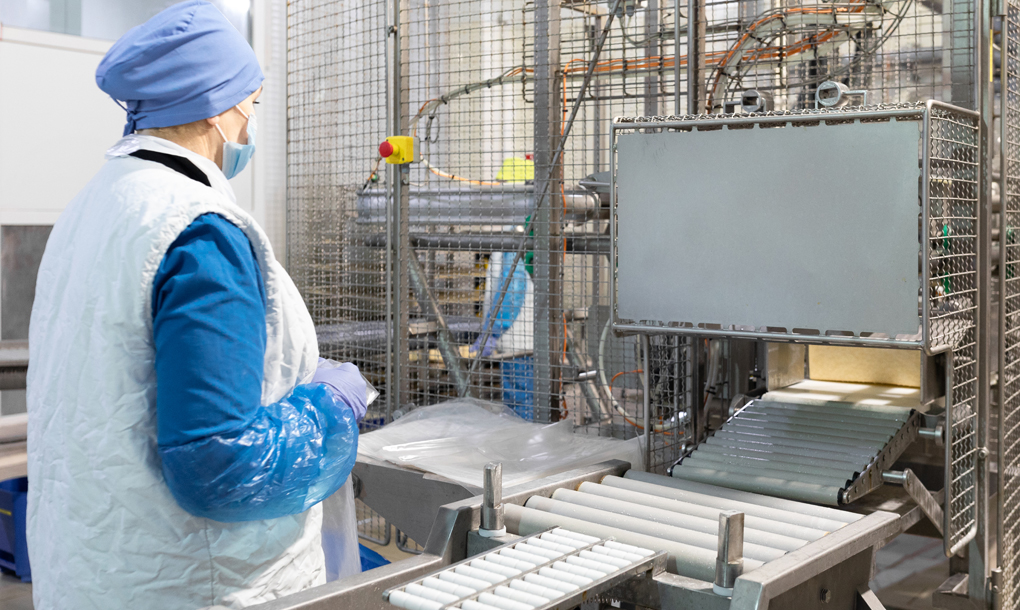06 Nov
Advances in Lyophilization Techniques: From Batch Processing to Continuous Freeze Drying
The world of freeze drying, also known as lyophilization, has witnessed a remarkable evolution in recent years, with innovative techniques transforming how this critical preservation process is carried out. As industries ranging from pharmaceuticals to food production seek to optimize their operations, the shift from traditional batch-based freeze drying to more advanced, continuous processing methods has become a game-changer, unlocking new levels of efficiency, product quality, and scalability.
The Limitations of Batch Freeze Drying
Historically, the majority of commercial freeze-drying operations have relied on batch-based systems, where products are loaded into a chamber, frozen, and then dried sequentially. While this approach has served the industry well, it is not without its inherent challenges:
- Intermittent Production: Batch processing introduces downtime between cycles, limiting overall throughput and production capacity.
- Inconsistent Product Quality: Variations in factors like product loading, freezing, and drying can lead to inconsistencies in the final product characteristics.
- Lengthy Cycle Times: Batch-based freeze drying can be a time-intensive process, each cycle taking several hours or even days to complete.
- Limited Scalability: Scaling up batch production to meet growing demands often requires investing in multiple, larger freeze-drying chambers, which can be capital-intensive.
The Rise of Continuous Freeze Drying
In response to these limitations, the industry has witnessed the emergence of continuous freeze-drying techniques, which have revolutionized the way lyophilization is carried out. These advanced methods offer a range of benefits that are transforming the landscape of commercial freeze drying.
- Increased Throughput and Efficiency: Continuous freeze-drying systems are designed to operate without the need for intermittent loading and unloading, enabling a constant flow of product through the drying process. This results in higher throughput, reduced downtime, and more efficient utilization of the equipment.
- Improved Product Consistency: By maintaining a continuous, controlled environment, continuous freeze-drying systems can minimize the variations that can occur in batch-based processes. This leads to enhanced product quality, with more consistent characteristics such as moisture content, particle size, and reconstitution properties.
- Scalable Production Capacity: Continuous freeze-drying systems can be easily scaled up by increasing the size of the equipment or by adding parallel processing lines. This allows manufacturers to seamlessly accommodate growing production demands without the need for significant capital investments or facility expansions.
- Enhanced Process Control and Monitoring: Continuous freeze-drying systems often incorporate advanced process analytical technologies (PAT) and control systems that enable real-time monitoring and optimization of critical parameters. This level of process control helps to ensure product quality and process efficiency throughout the production run.
- Reduced Energy Consumption and Environmental Impact: Continuous freeze-drying processes can be designed to be more energy-efficient, with features like heat recovery systems and optimized drying cycles. This not only reduces operating costs but also contributes to a more sustainable manufacturing footprint.
Innovative Continuous Freeze-Drying Techniques
As the industry embraces the transition to continuous freeze drying, a range of innovative techniques have emerged, each with its unique benefits and applications:
- Rotary Freeze Drying: Utilizing a slowly rotating drum within a vacuum chamber, rotary freeze dryers provide a continuous, gentle agitation of the product during the drying process.
- Spray Freeze Drying: Combining the rapid freezing of spray drying with the gentle drying of lyophilization, this method produces highly uniform, porous particles ideal for applications like inhalable pharmaceuticals.
- Continuous Tray Freeze Drying: Employing a conveyor system to move product through a multi-stage freeze-drying chamber, this approach maintains a constant, uninterrupted flow of material.
- Microwave-Assisted Freeze Drying: Leveraging the rapid heating capabilities of microwave energy, this technique can significantly reduce drying times while preserving product quality.
The Future of Freeze Drying: Embracing Continuous Processes
As the demand for more efficient, scalable, and sustainable freeze-drying solutions continues to grow, the industry's focus on continuous processing methods is poised to intensify. Freeze Drying Systems, as a leader in the field, is at the forefront of this transformative shift, investing in research, development, and the deployment of cutting-edge continuous freeze-drying technologies.
By partnering with Freeze Drying Systems, manufacturers across diverse sectors can unlock the full potential of continuous freeze drying, benefiting from increased productivity, enhanced product quality, and greater flexibility to meet evolving market demands. Our team of experts works closely with clients to identify the most suitable continuous freeze-drying solution, tailored to their specific needs and goals.
As the industry continues to evolve, Freeze Drying Systems remains committed to driving innovation, collaborating with industry partners, and shaping the future of commercial freeze-drying operations. Together, we can embrace the power of continuous processing and redefine the boundaries of what's possible in the world of lyophilization.
Unlock the next chapter of your freeze-drying journey. Contact Freeze Drying Systems today and explore how continuous processing can transform your operations.
